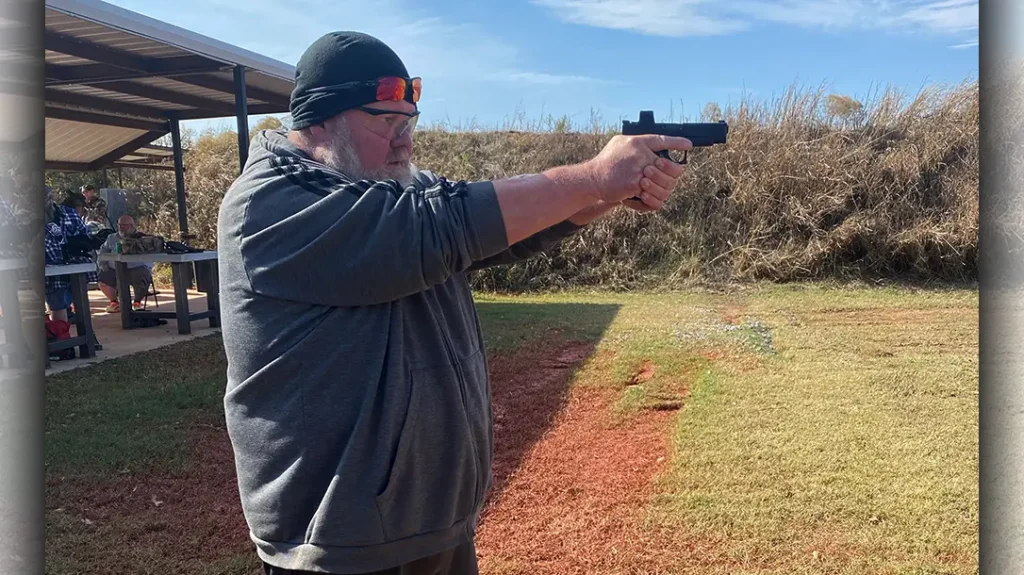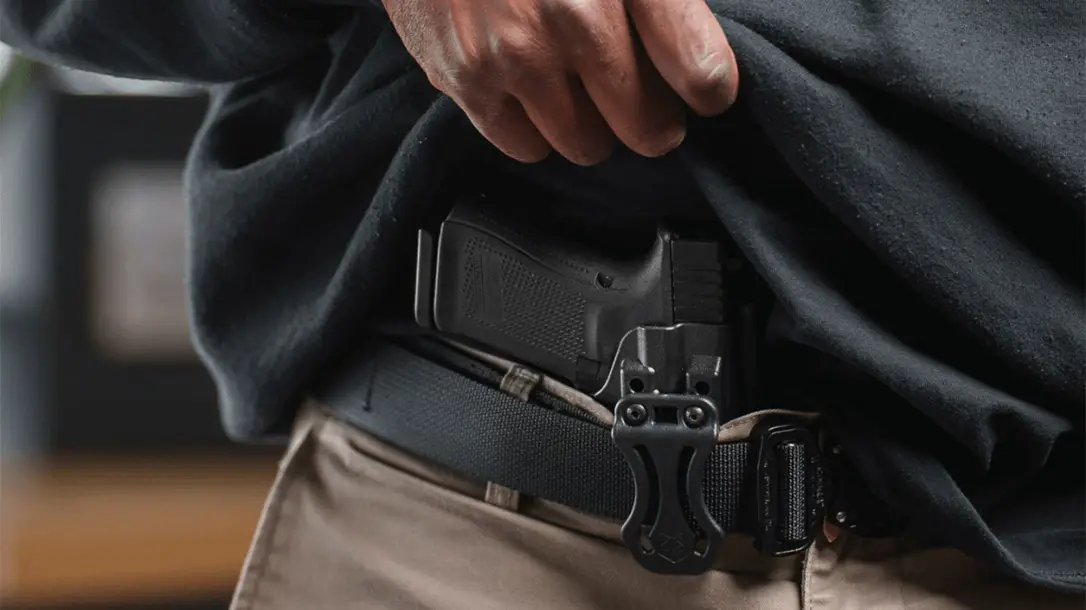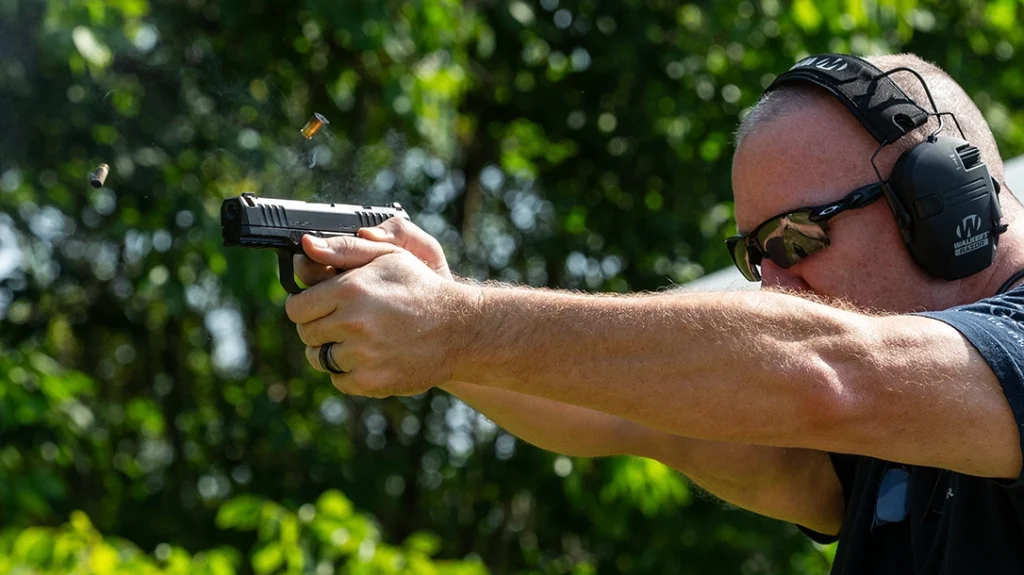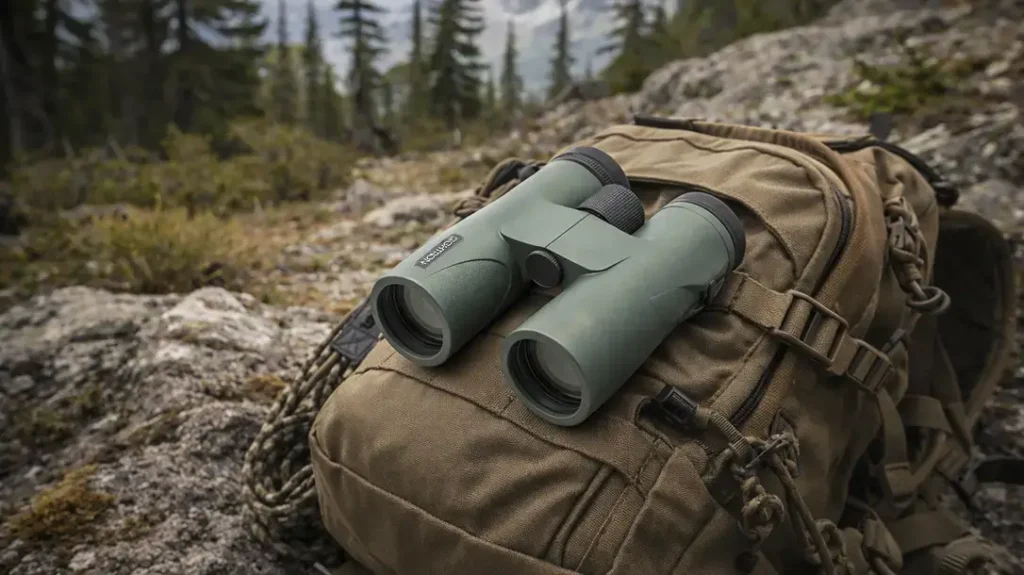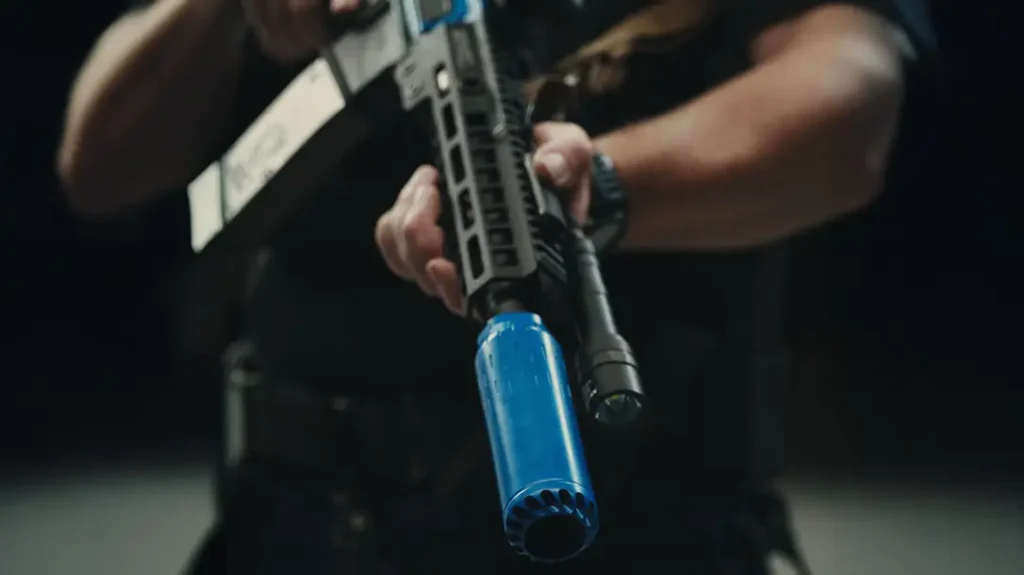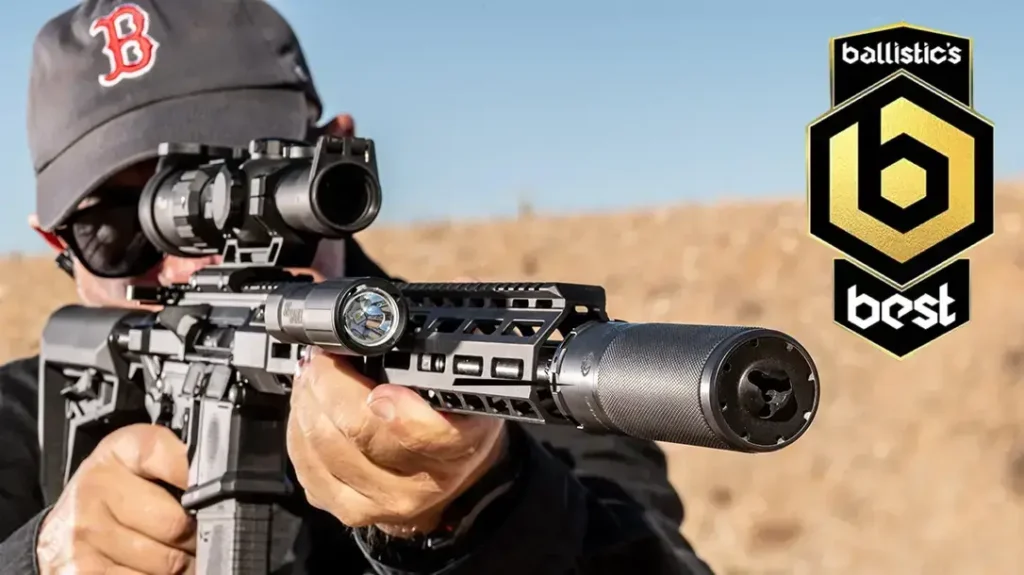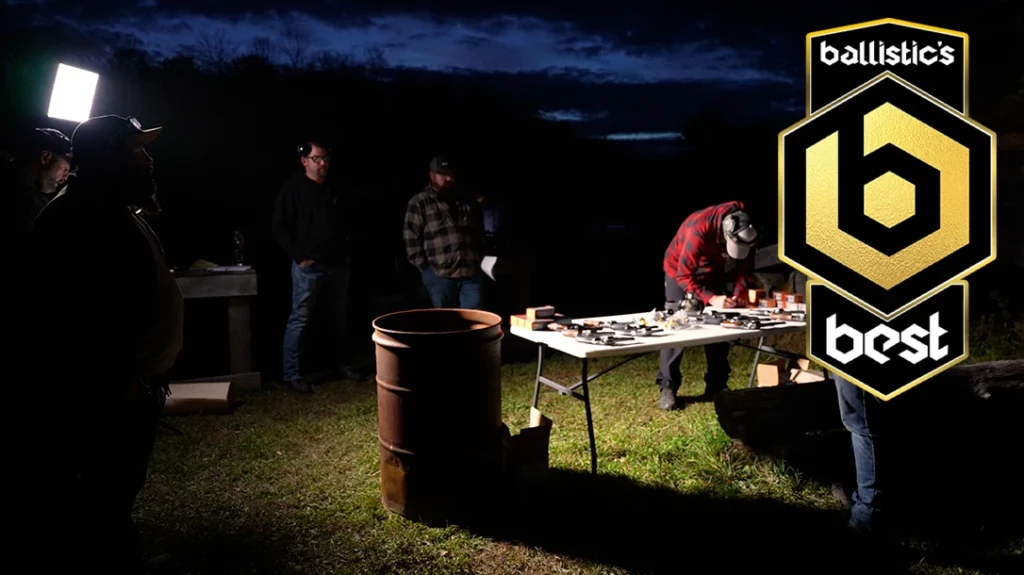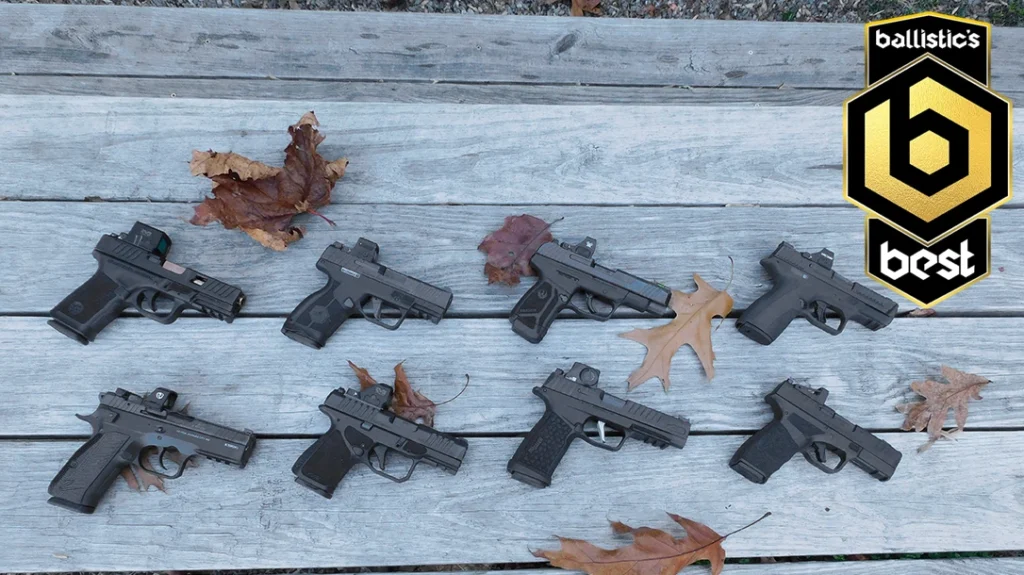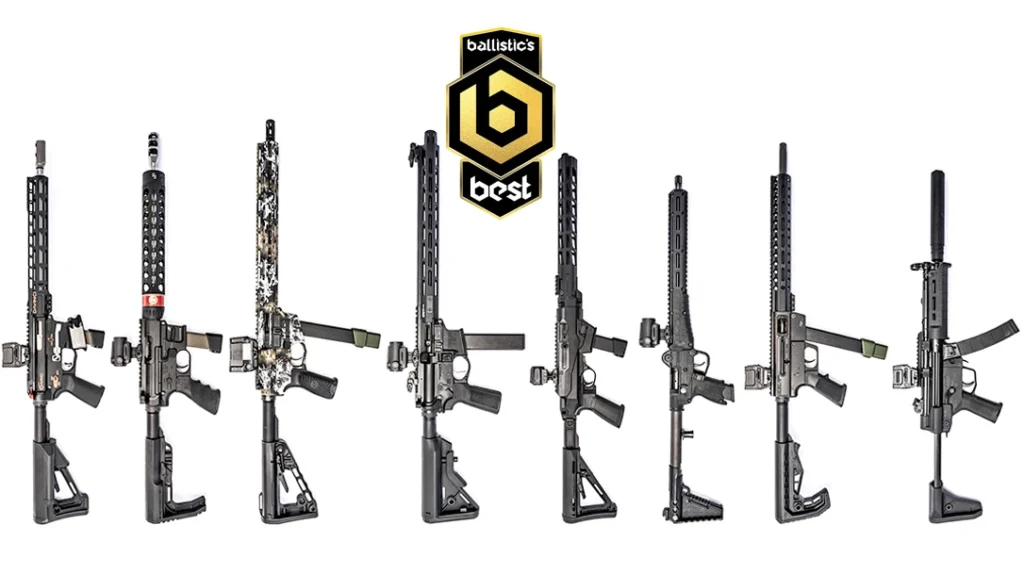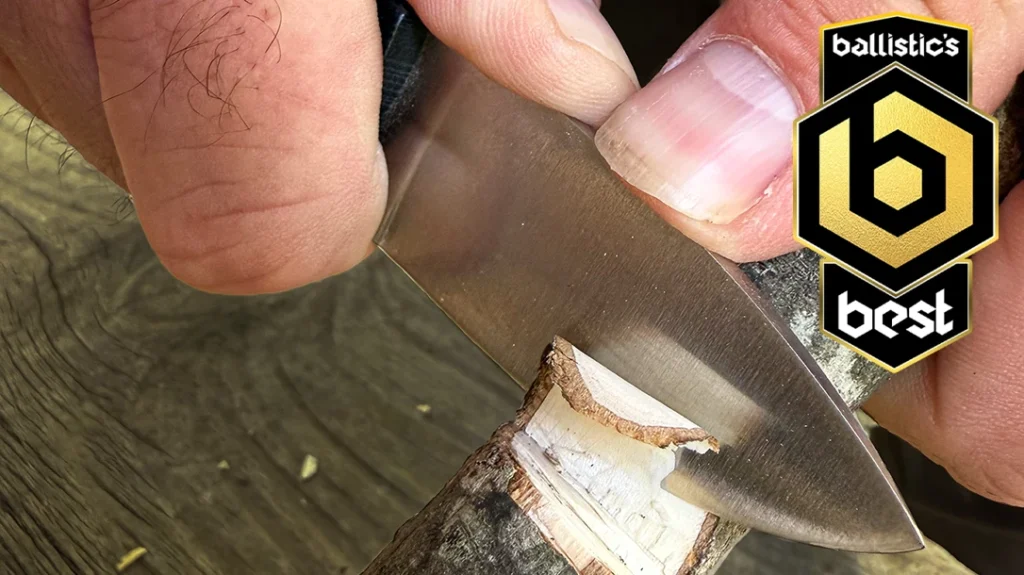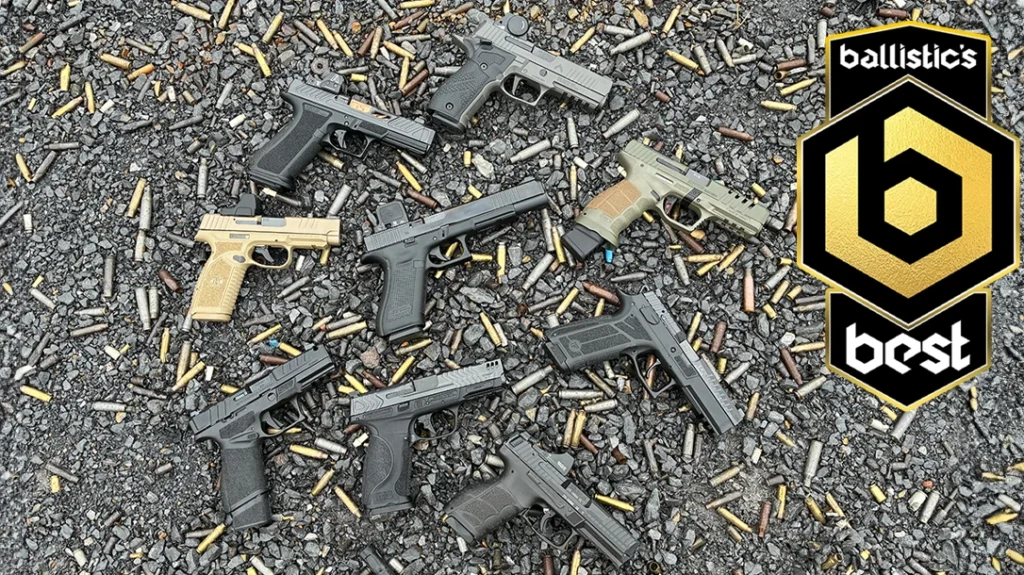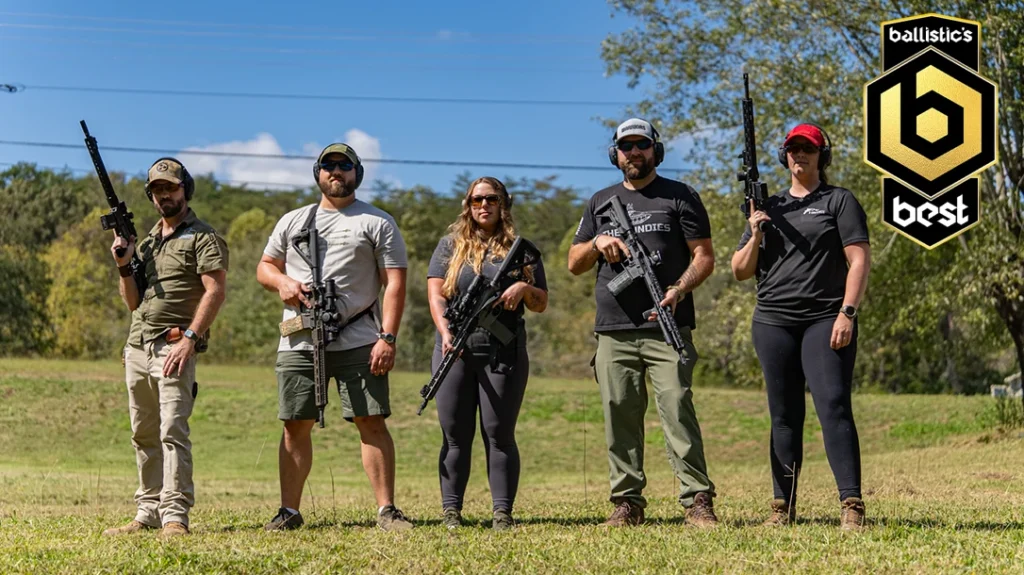Spencer Keepers remembers first meeting a firearms instructor carrying his handgun appendix inside the waistband (AIWB) style. Ironically, the man who Massad Ayoob now considers “the high priest” of appendix carry” thought it was crazy.
Spencer Keepers Does a 180 on Appendix Carry
“I saw Todd Louis Green carrying appendix and said, ‘Are you nuts?! Do you know where that gun is pointed?'” recalled Keepers.
Green was one of the world’s foremost handgun instructors until his untimely death in 2016. His opinions, not the least of which was the utility of AIWB carry, influenced a generation of shooters, including Keepers.
Advertisement — Continue Reading Below
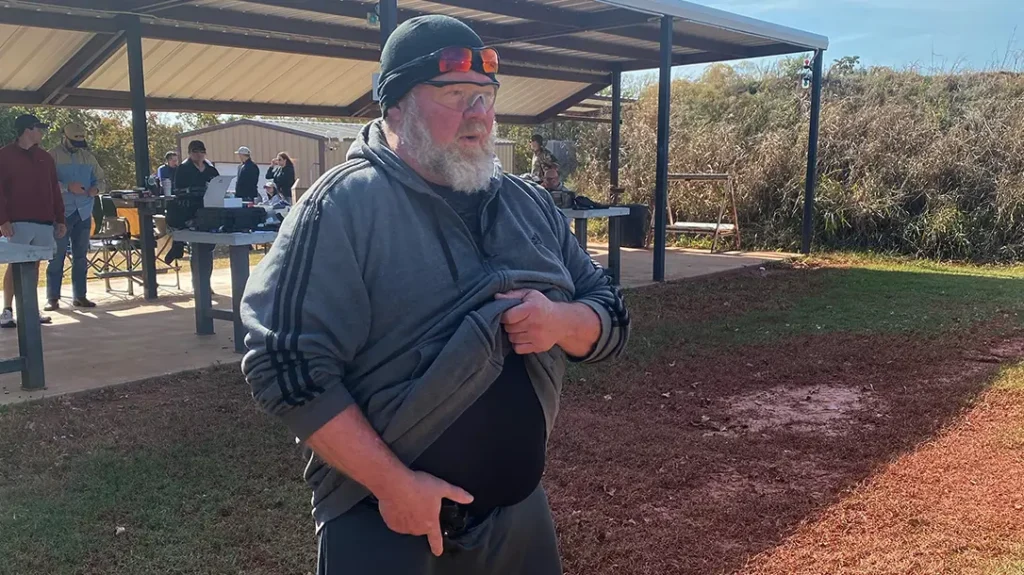
Growing up around guns in Oklahoma and carrying concealed since he graduated high school, Keepers came late to serious training. Now 55, he only started taking professional instruction in 2007. But he was open to learning and willing to admit what he didn’t know. When he hosted Green for a class in 2009, he spent the weekend with him and came to a revelation.
“I thought appendix carry was dangerous until he pointed out to me that once the gun is in the holster, it’s essentially inert,” said Keepers. “Then, hanging around him that weekend, everywhere we went, he could get to his gun faster than I could. And his gun was more concealed than mine.”
Advertisement — Continue Reading Below
The high priest of appendix carry was a believer.
It’s a Keeper
Keepers immediately began looking for an AIWB holster, but there were few options available. Procuring a Kydex one, he set about improving it for his needs. Using leather, duct tape, foam, and an old shotgun shell, he fashioned a holster that could make his Glock disappear.
Through experimentation, he discovered all the trouble spots that can make appendix carry so difficult and uncomfortable for some. Then he came up with solutions, eventually creating his own holster company, Keepers Concealment.
Advertisement — Continue Reading Below
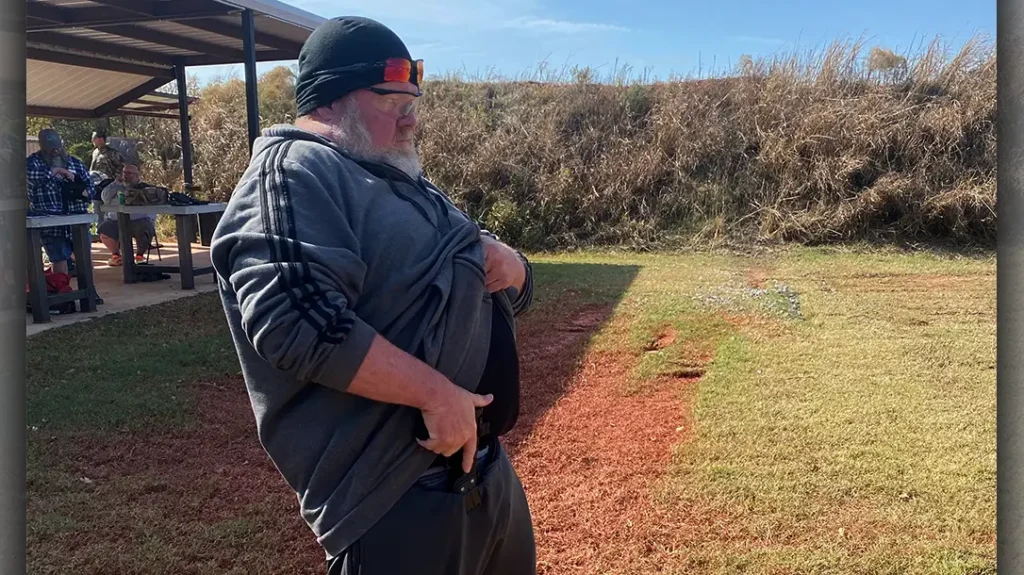
“First I figured out how to sit down with the gun. Positioned in the right spot—between the crease of the leg and the groin—it’s comfortable,” he said.
But body type does play a role in this. Keepers points out that larger people with prominent bellies can have problems. If the gun is positioned on the underside of the belly, the muzzle will point inward toward you. A definite no-no.
Advertisement — Continue Reading Below
To solve this, Keepers recommends high-waisted pants so the gun sits above that inward slope.
Another important innovation Keepers perfected was an adjustable foam wedge that would sit under the holster. Besides adding to comfort, it again angles the gun’s muzzle outward, away from your body. He also believes that it is important that your holster is significantly longer than your gun.
“It’s better to put more holster below the belt line than above it. It keeps the holster from wanting to roll out over the top of the belt. And it distributes the weight over a larger surface area, so it’s more comfortable,” said Keepers.
Advertisement — Continue Reading Below
Two Hands are Better than One… Sometimes
As interest in appendix carry increased in recent years, Keepers began instructing one of the first AIWB-specific classes taught nationally. Among the things he focuses on is effectively clearing your cover garment to draw the gun smoothly. He suggests lifting your shirt by grabbing it with your support hand and simply bending the elbow. This is more efficient than lifting with both the elbow and shoulder.
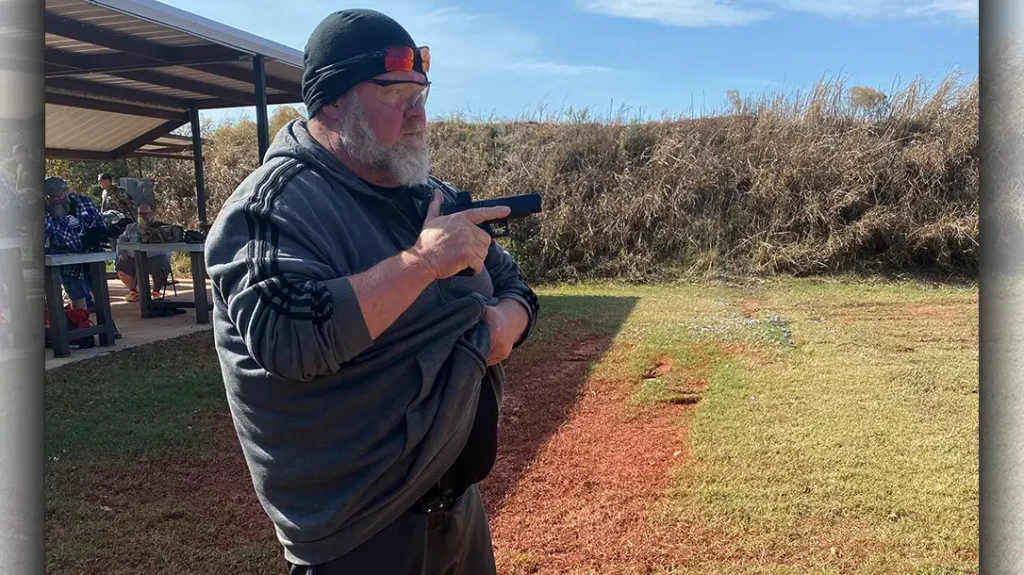
Additionally, he recommends you don’t bring the shirt too high, again for efficiency’s sake. You don’t want to waste time bringing your support hand back down to meet your gun hand. The gun should come up higher than the shirt, to just below your pectorals.
Advertisement — Continue Reading Below
This will also guard against getting the shirt fouled up with your gun when you release it. As soon as your gun hand is above your cover garment, release the garment and mate your hands together.
Though he prefers this two-handed draw, Keepers also teaches a single-handed draw, lifting the cover garment with the shooting hand.
“You should train to draw with two hands if you can but one if you need to,” said Keepers. “If you’re in a grapple with your non-dominant hand controlling someone, you’ll need to draw with just one hand.”
Advertisement — Continue Reading Below
Spencer Keepers Places a Focus on Safety First
The real key to safe AIWB carry is the reholstering process. Keepers points out it’s the most dangerous thing you’ll do with a gun. Whether appendix or strong side, many people will muzzle themselves as they reholster.
But, in a way, reholstering appendix can be safer than doing it strong side. This is because you can look the gun into the holster to ensure there are no obstructions. Besides going slowly on a reholster, Keepers recommends bowing your hips forward slightly. This helps ensure your muzzle doesn’t tilt back toward you as you reholster.
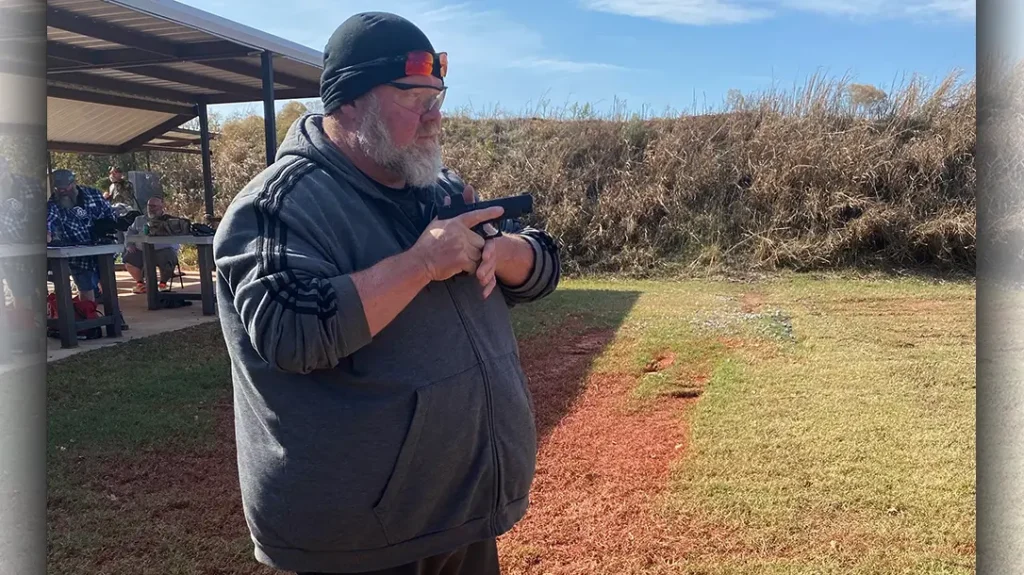
Advertisement — Continue Reading Below
While strong side carry may still be more popular overall, many elite shooters now tend to favor appendix carry. Besides allowing better concealment, it’s widely considered faster than drawing from inside the waistband on the strong side.
Keepers estimates it’s about .25 seconds faster—not an inconsiderable amount of time in a gunfight. Many people also find it better for drawing the gun in a grappling situation.
“I’ve done Craig Douglas’ ECQC class multiple times. It’s just easier to protect and get to your equipment if it’s forward of the hips,” said Keepers.
Among the main criticisms of AIWB carry is that accidental discharges are more dangerous than with strong side carry. This is because you can shoot yourself in the groin or femoral artery. But Keepers points out there are also dangers with strong side carry.
“The 9mm 115-grain ball ammo, which most of us practice with, will penetrate 30 inches of ballistic gel. If you mess up strong side and hit your leg, the femoral artery is still down there,” he said. “Appendix carry can be done safely. It just requires a proper holster and a little more work than strong side carry.”
To learn more about Spencer Keepers, visit KeepersConcealment.com.
